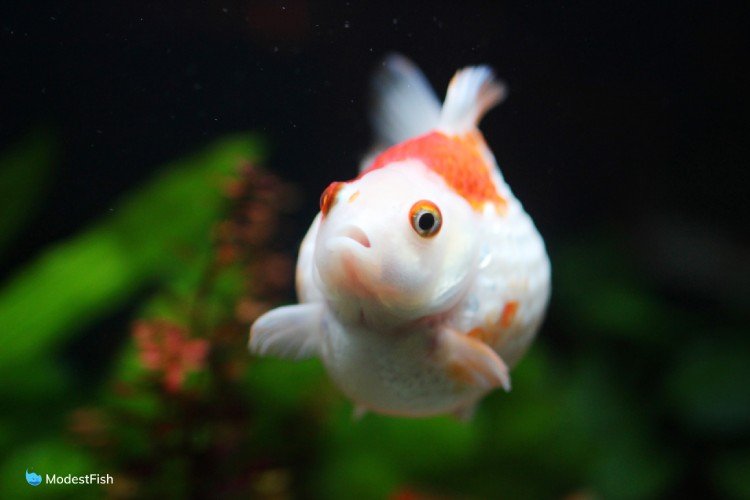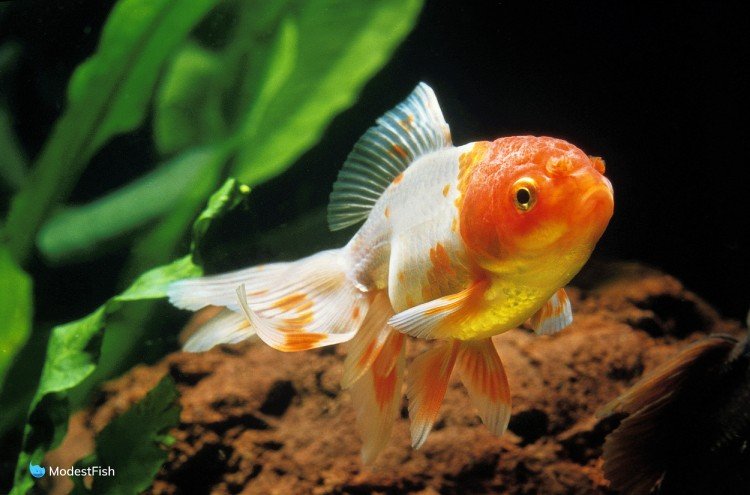Acclimating fish can be a bit nerve wracking, even for seasoned aquarists.
You don’t want to introduce your fish too quickly to a new environment since huge, sudden shifts in pH, GH, KH and temperature can stress and even kill fish.
So, you might find yourself asking, how long should I acclimate fish?
In this guide, I’ll teach you how to acclimate your new fish safely into your freshwater aquarium.
How To Acclimate Fish From the Live Fish Store
Acclimating fish from the live fish store is fairly easy.
Equipment:
- Small bucket or a specimen container (Dip & Pour)
- 8 oz cup
- Aquarium net
Steps:
- Start by floating the bag in the tank water for about 20 minutes so the temperature can slowly equalize.
- Next, put the fish into a small bucket, or better yet, a specimen container (what us old folks call a Dip & Pour).
- Slowly scoop 1-2 cups (200-500 milliliters) of tank water into the container. Continue to do this until you’ve doubled the volume of water the fish is in.
- Remove half of the water and discard it.
- Keep scooping in water until the volume has doubled again.
- Remove half of the water and discard it.
- Double the volume of water again, then net the fish and add it to the tank.

Last update on 2024-04-13 / Commissions Earned / Images from Amazon Product Advertising API
The live fish store should be able to tell you what their water parameters are, which you can compare to the parameters of your home tanks. Take extra time and care if there is a significant difference in your water versus theirs, especially when it comes to pH, GH and KH.
How To Acclimate Shipped Fish

Acclimating fish that have been in bags for a prolonged period of time is different because built up fish waste and CO2 in the bags drastically changes the water chemistry.
The fish put off urine and feces in the bag from their digestive system. These wastes rot and produce ammonia. They also use up oxygen in the water and put out CO2.
As the CO2 builds up, it begins to bind the ammonia (NH3) in the water into the much less toxic form, ammonium (NH4+).
This is good, because it keeps the fish from being poisoned by ammonia while in transit. This chemical reaction is pretty much the only reason shipping fish is possible.
However, this means that if you get a shipment of fish and just open the bag, all the CO2 quickly escapes, the ammonium goes back to ammonia and the fish is suddenly sitting in highly toxic water.
So, when you first open the shipping bag, you have to add a few drops of a water conditioner that detoxifies ammonia.
My first choice is Seachem Prime. It’s highly concentrated and does a great job of removing chlorine/chloramine, and detoxifying ammonia, nitrite and nitrate.
Adding Prime will keep the ammonium bound up, even without the CO2, while you acclimate the fish.
Breather Bags
If your fish were shipped in breather bags, do not float them to equalize the temperature. This will block the gas exchange through the bag and can smother your fish.
Fish shipped in breather bags will need to be transferred to another bag or a specimen container so they can be placed inside the aquarium to come up to temp.
Open the breather bag and IMMEDIATELY add 2-3 drops of Prime. Then transfer the water and fish into another container.
Equipment:
- 3 gallon (11 liter) bucket
- Specimen container (Dip & Pour)
- Aquarium airline tubing
- Aquarium airline control valve
- Small clamps
- Dechlorinator
- Aquarium net
- Scissors
Steps:
- Float the bag in the aquarium for 20-30 minutes so the temperature can equalize.
- Before you open the bag, have the dechlorinator ready to go. As soon as you open the bag add a few drops so you don’t get a huge ammonia spike.
- Transfer the fish and water to a specimen container. Place the container inside the 3 gallon bucket. This way, any overflows will be caught by the bucket.
- Run airline tubing from the aquarium to the specimen container and clamp it in place.
- Cut the tubing a few feet up from the bucket and add the control valve on.
- Start a siphon by gently sucking on the end that goes to the bucket.
- Adjust the control valve to slow down the flow of water. You want only about a drop per second. Let this drip into the specimen container with the fish.
- Once the water volume has doubled, remove half the water and continue the drip. Repeat this two more times.
- Net the fish and place it in the aquarium. Discard the drip water.
How Long to Acclimate New Aquarium Fish

OK I really don’t have a quick answer for this other than: it depends.
The biggest thing that determines how long you need to acclimate your fish is how long they have been in bags before you got them home.
Fish that you just brought home from your local store don’t need a huge amount of time, probably a half hour, tops.
But, if your fish were shipped to you from three states over, and they’ve been in the bags for a few days, be prepared to spend a couple of hours getting them settled in.
I know there’s a lot of debate about all this online. I respect that other folks may take a different approach. I have tried various acclimation techniques over the years. I’m simply relaying the methods that have yielded the best results over time in my own tanks.
Final Thoughts On Acclimating New Fish
As you can see, it’s pretty hard to give an exact answer about how long to acclimate fish.
It all depends on how long the fish have been in the bag. Fish bought locally can be acclimated very quickly.
But, fish that have gone through shipping require more time and effort to acclimate.
I would recommend exercising patience above all else. Don’t get in a rush.
I hope you find this article helpful.
I wish you and your fish the very best!
